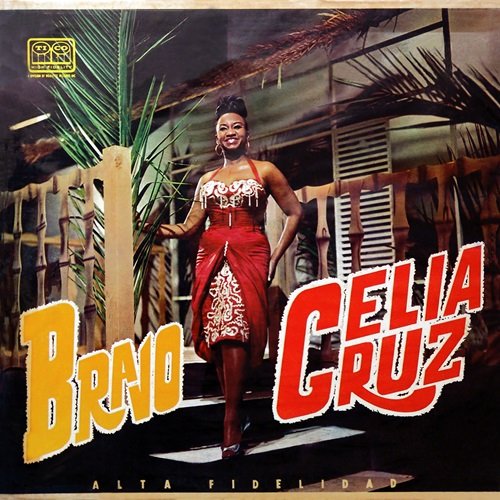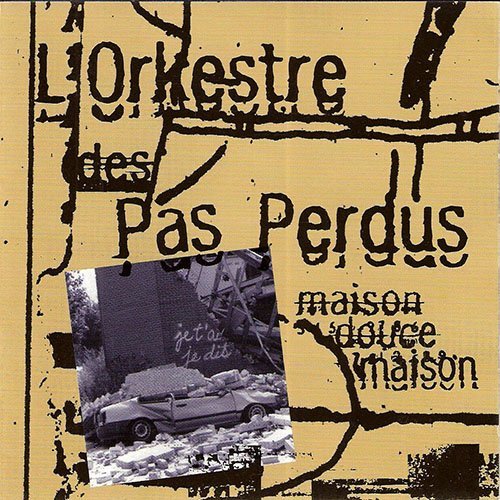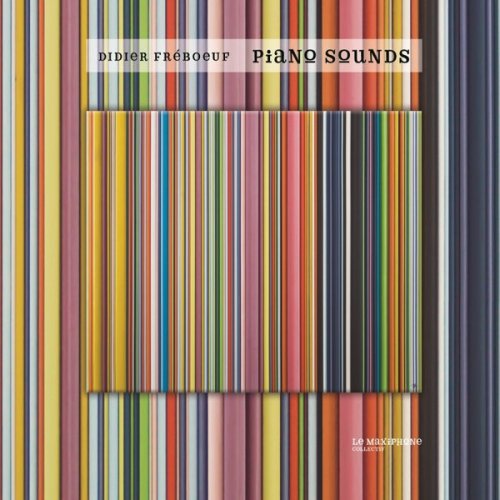Dolores Costoyas - Je veulx laysser melancolie. Vihuela Music by Fuenllana & Narváez (2001)
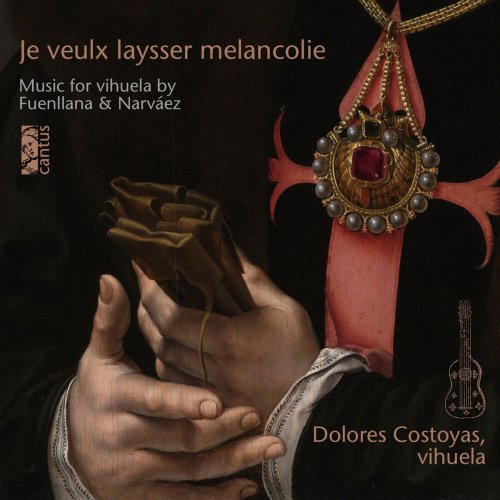
Artist: Dolores Costoyas
Title: Je veulx laysser melancolie. Vihuela Music by Fuenllana & Narváez
Year Of Release: 2001
Label: Cantus Records
Genre: Classical
Quality: flac lossless +booklet
Total Time: 01:01:58
Total Size: 245 mb
WebSite: Album Preview
TracklistTitle: Je veulx laysser melancolie. Vihuela Music by Fuenllana & Narváez
Year Of Release: 2001
Label: Cantus Records
Genre: Classical
Quality: flac lossless +booklet
Total Time: 01:01:58
Total Size: 245 mb
WebSite: Album Preview
---------
01. Siete diferencias sobre Guarda me las vacas
02. Esta fantasia es del quinto Tono
03. Fantasia del author
04. Tan que viuray
05. Esta fantasia es del quarto Tono
06. Il bianco e dolce cigno
07. Veynte y dos diferencias sobre Conde claros
08. De los alamos vengo madre. Iuan vazquez
09. Baxa de contra punto el canto llano lleua el tiple. Es octauo tono
10. El tercero Tono. Fantasia
11. Cancion Je veulx laysser melancolie de ricaforte
12. El quinto Tono de Consonancia. Fantasia
13. El octauo Tono. Fantasia
14. Con que la lauare. Iuan vazquez
15. El sexto Tono sobre fa vt mi re. Fantasia
16. La cancion del Emperador del quarto tono de Jusquin. Mille regres
17. Sanctus & Osanna de Josquin de la misa de faissan regres
18. Cancion del primer Tono de Gombert
19. Este cum sancto spiritu. Es de la missa de la fuga de Josquin
20. Fabordon De VIII Tono, Quoniam Confortavit De Guerrero
During the 16th century the vihuela enjoyed a privileged position in Spain and in the areas where Spanish influence was felt. According to recent research, this instrument was developed in Spain during the second half of the 15th century. Despite their morphological differences, the lute and the vihuela shared a series of characteristics: both instruments had the same strings and tuning, and were played with a similar technique.
The Catholic Monarchs, Isabel of Castile and Fernando de Aragon, were probably the first to have vihuelistas at their service on a regular basis. Emperor Charles V maintained the tradition of employing vihuelistas, and one name stands out in this court as vihuela player: Luys de Narváez, author of Los seys libros del Delphin de musica de cifras para tañer Vihuela (Valladolid, 1538), the second best known book of vihuela music.
Narváez’s music transcended the Hispanic frontiers; some of his pieces appear in the anthologies of lute music published by Pierre Phalèse in 1546,1563 and 1568, as well as in the collections published by Guillaume Morlaye in 1552 and Luis Venegas de Henestrosa in 1557. Several works by Narváez can also be found in late 16th century English manuscripts.
Fuenllana published his Book of music for vihuela Orphenica lyra in 1554 and, a year later, Bermudo also included him among the great vihuelistas of his time. His name began to appear in 1568 on the documents and lists of Queen Isabelle de Valois, the king’s third wife, as chamber musician and it is very likely that Fuenllana had links with the imperial court even before dedicating his work to Prince Philip. Fuenllana can be found at the service of Queen Isabelle until 1568, when she dies, and, according to a request from one of her daughters, Catherine of Fuenllana, King Philip IV, also served for more than forty-six years as chamber musician to the kings Philip II and Philip III.
Emperor Charles V had a special predilection for the music of the composers of the Franco-Flemish school, especially that of Josquin Lebloitte dit des Pres (c. 1455/60 – 1521), which is clearly reflected in The Six Books of the Delphin. Narváez dedicates the entire third book especially to the intabulations of Josquin’s pieces, including also two songs by Nicolas Gombert (c. 1500 – c. 1556), chapel master of the imperial court, and another by Jean Richafort (c. 1480 – c. 1547). Among these stands out the embellished version of Mille regres[16], which Narvaez calls here The Emperor’s Song, confirming the preference of Charles V for Josquin’s music. Narváez’s fantasies seem to be inspired by Franco-Flemish models, such as the Cum sancto spiritu de la misa de la Fuga[19] or the Sanctus & Ossana de la misa de Faysans Regretz de Josquin[17], but he succeeds in masterfully overcoming the instrument’s limitations, showing great freedom and beauty in the conception of the polyphony with lines that flow in a completely natural way, without any restriction. Finally, Narvaez’s diferencias (variations) show us that he is free from the restrictions imposed by the theoretical norms of counterpoint and giving free rein to an unparalleled creativity among vihuelistas.
The influence of vocal polyphony also appears in the works of Miguel de Fuenllana, probably the vihuelista most attached to the imitative and contrapuntal style inherited from the Franco-Flemish masters. However, Fuenllana can also be considered as a master in the idiomatic handling of the instrument: a good example is in the embellishments on “Tan que viuray”[4] by Claudin de Sermissy (c. 1490-1562), in which Fuenllana transforms a vocal piece into a definitely instrumental piece based on the use of ornamental scales.
The extraordinary Argentinian vihuelist, lutensis and guitarist Dolores Costoyas made this recording at the invitation of the prestigious producer Peter Czornyj, creator of the label Archiv, in 2000. Cantus recovers it now, remastered and with new internal notes and design, because it is one of the most beautiful vihuela CDs ever recorded. Dolores Costoyas demonstrates an eloquence, a pulsation clarity, a transparency of sound that makes listening a rare pleasure, full of infinite magic and poetry.
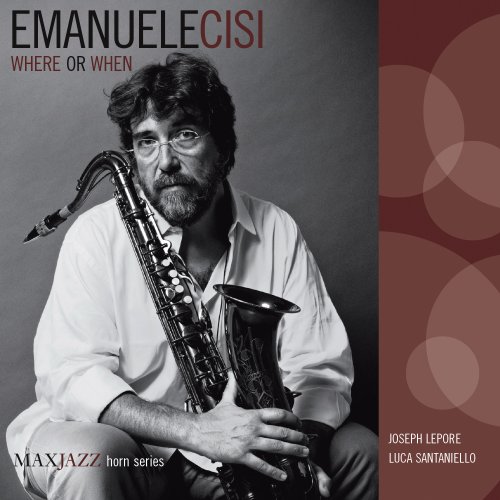
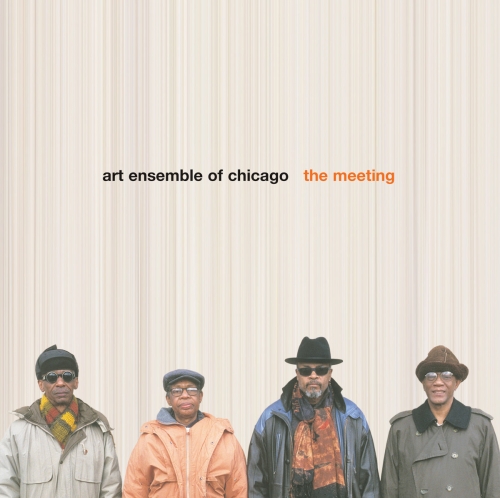
![Maya Delilah - The Long Way Round (Deluxe) (2026) [Hi-Res] Maya Delilah - The Long Way Round (Deluxe) (2026) [Hi-Res]](https://www.dibpic.com/uploads/posts/2026-01/1767893388_cover.jpg)

